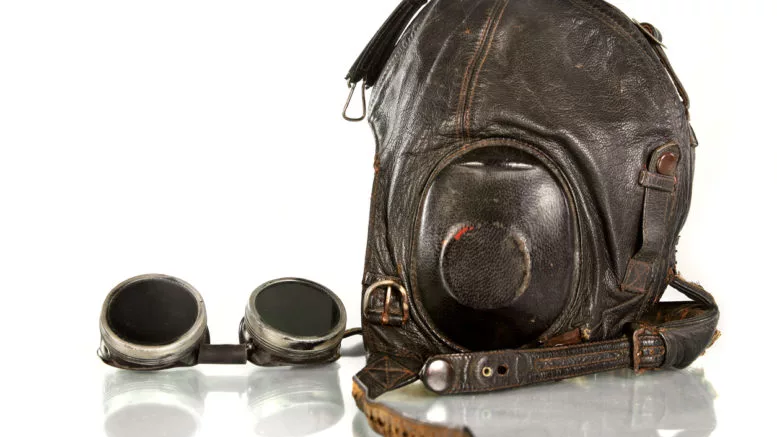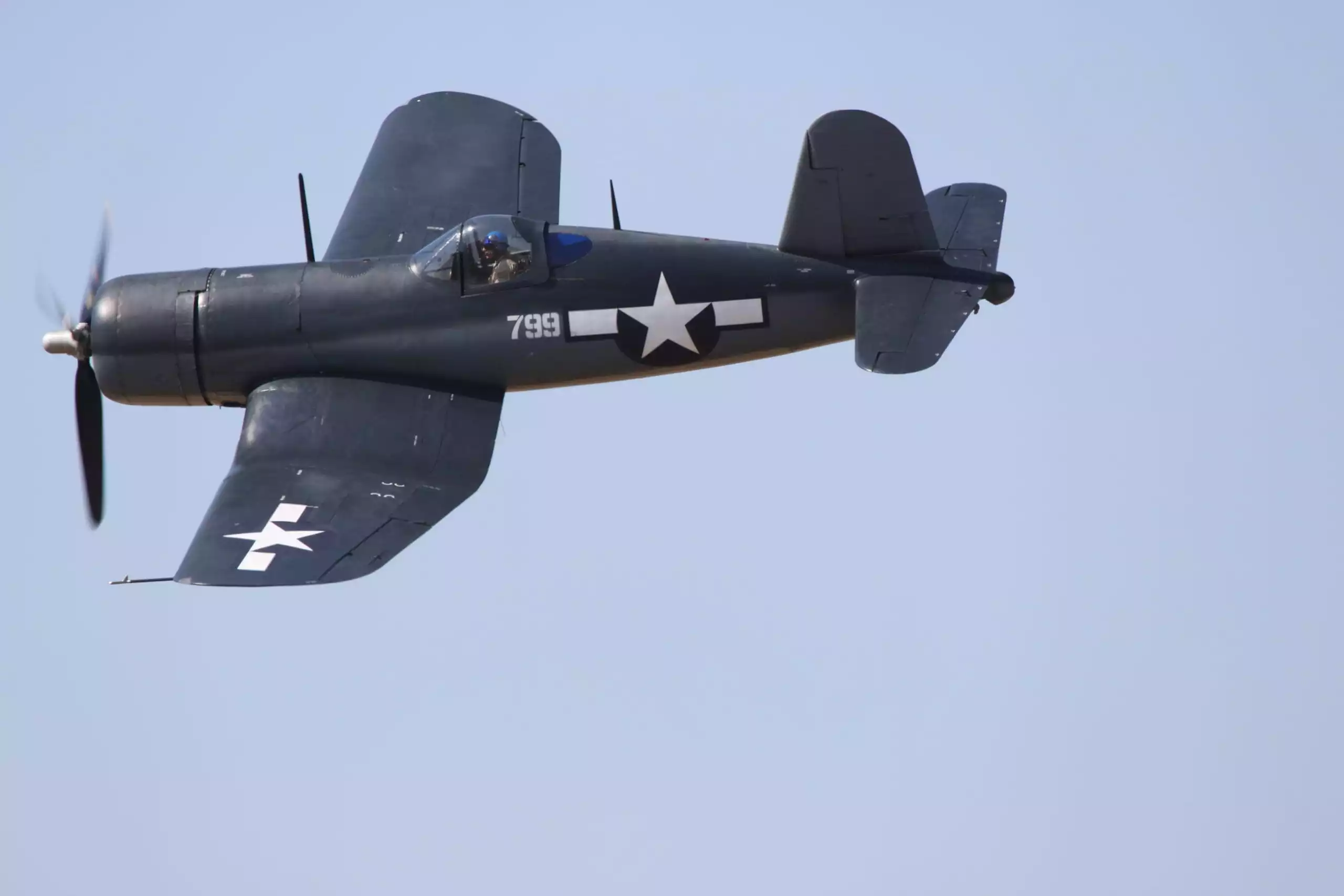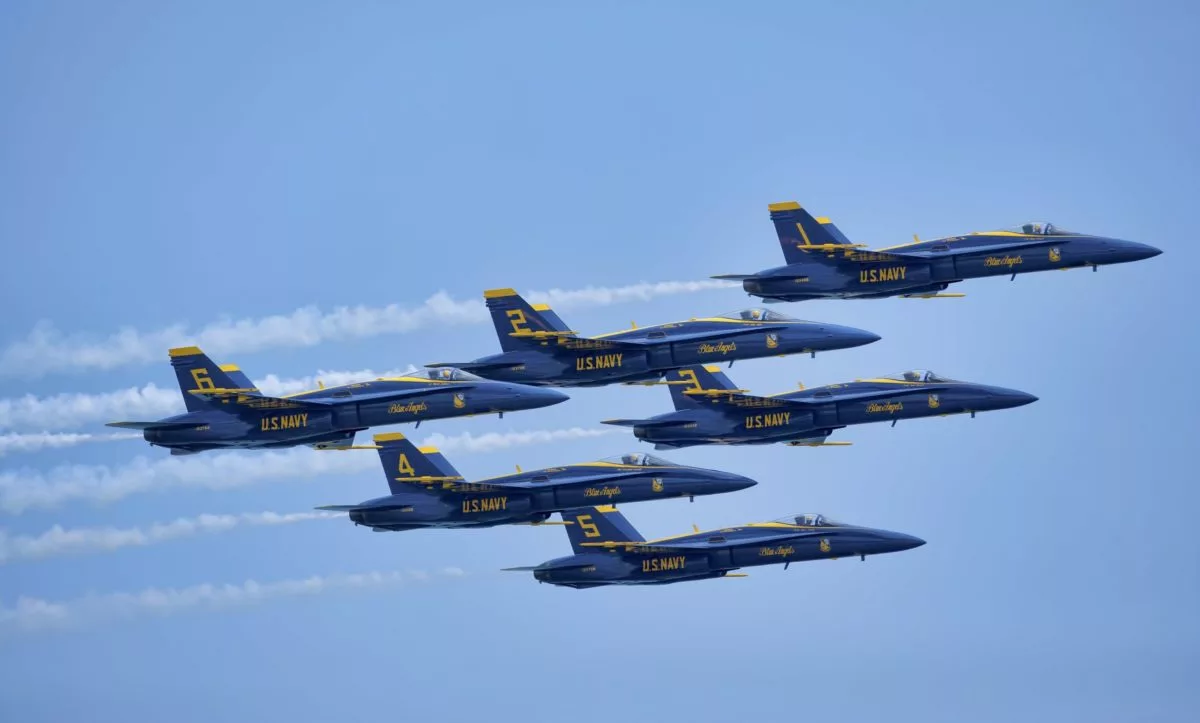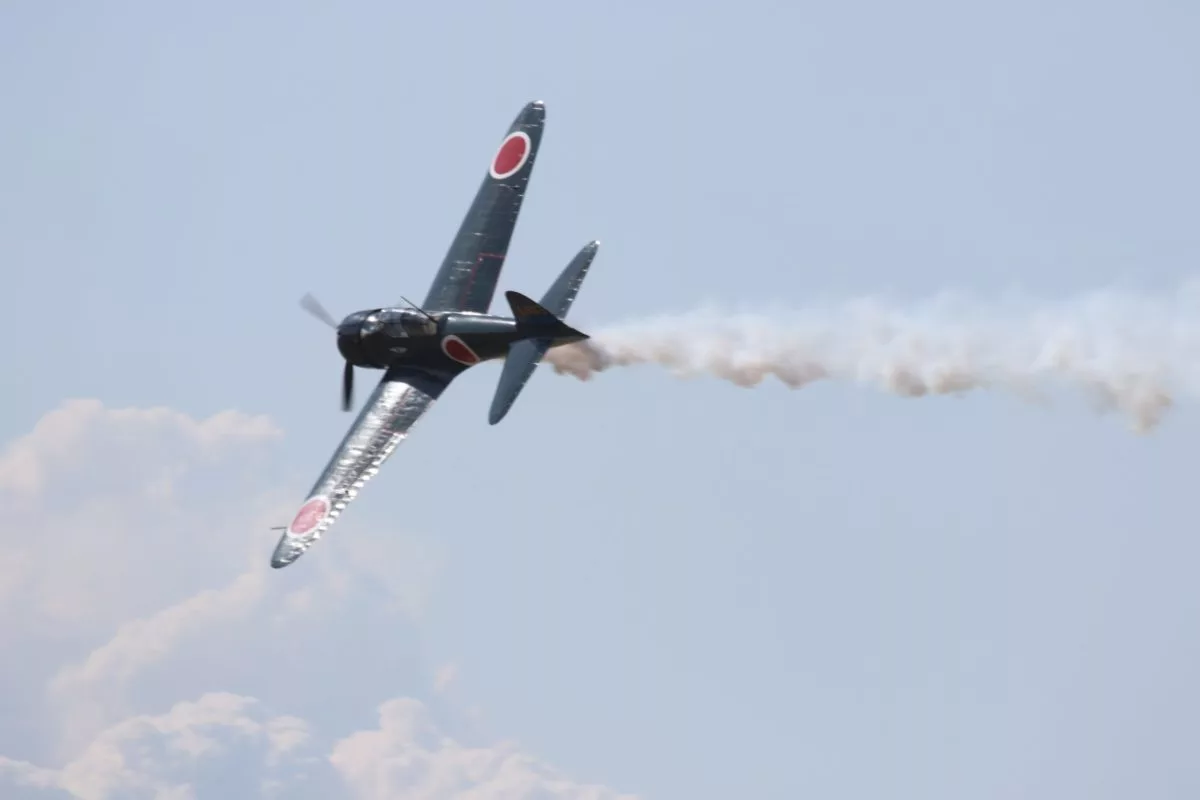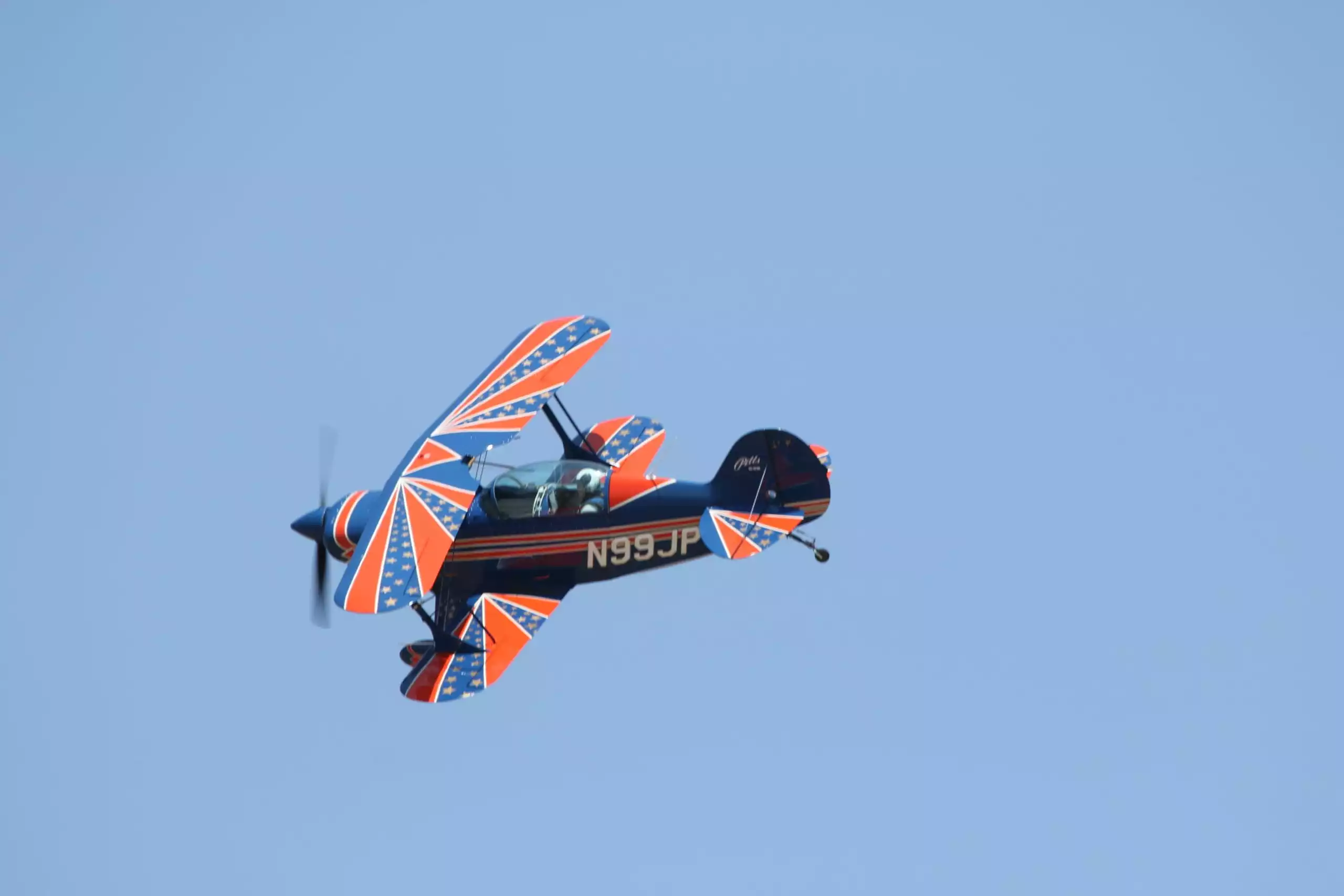Bessie Coleman truly is an inspiration that defied stereotypes and odds with her indomitable will and passion for aviation. Read below to learn 7 Bessie Coleman fun facts!
Introduction
This article gives you a peek into the life of Bessie Coleman, one of the greatest assets the aviation industry ever had.
1. She was of a mixed descent
Bessie Coleman was born in Atlanta on the 26 of January 1892 into a family of an African American mother, and her father was a sharecropper who belonged to a mixed native American and African American descent. Bessie Coleman had twelve siblings, and her mum was an African American maid. Her father moved back to Oklahoma in 1901, and he did this as a way to escape the racial discrimination. Bessie’s mother remained in Atlanta, and with time, the rest of the family moved to Waxahachie, Texas.
2. Bessie was a college dropout
Bessie experienced an ordinary childhood like every average African American child. She helped her mother pick cotton and wash laundry to earn extra savings. When Bessie clocked eighteen years, she had saved enough money to afford Langston University in Langston, formerly known as Colored Agricultural and Normal University. After a semester, she had to drop out of college as she couldn’t afford to continue her education because of a financial crisis.
3. Her brother’s taunts motivated her to become a pilot
When Bessie Coleman turned 23, she moved to Chicago to live with her brothers. She got back into a beauty school, the Burnham school of beauty culture, and became a manicurist in 1915. By then, her brothers were back from serving in the military in world war 1 with stories of their experiences at war. Her brother, John, teased her over how French women were permitted to learn to fly airplanes, but Bessie couldn’t fly. This spurred the dream to become a pilot in Bessie. She began applying to many flight schools in the country at the time but was rejected by all as a result of her mixed nativity and also her gender. Robert Abbott, the famous African American news magazine publisher, admonished her to move to France, where she’ll get to learn how to become a pilot. Bessie Coleman started taking basic classes in French because the application she would write to the flight schools in France needed to be written in French.
4. Bessie Coleman was the world’s first black woman to earn a pilot’s license
Eventually, Bessie got an acceptance into the Cauldron Brothers aviation school in Le Crotoy, France. On the 15th of June, 1921, Bessie got her international pilot’s license from the Fédération Aéronautique Internationale. She earned hers two years before Amelia Earhart, who is her more famous contemporary. Bessie Coleman’s dream was to have her plane and establish her aviation school. She honored public invitations to give speeches but wouldn’t appear in places where racial discrimination against African Americans gained credence. She also used clips of her air tricks to earn money in schools, churches, and theaters.
5. Bessie Coleman performed as the first African American woman to fly public in 1922
Bessie Coleman got to fly publicly as the first African American woman to do a flight performance in 1922. Her famous stunts include; the ‘loop-the-loops’ and making the ‘8’ shape in an airplane. Her performances fascinated many people and made her gain popularity in the United States and Europe. She would go on tours, give lessons on flights, perform at flight shows, and she was also a leader in encouraging African American women to fly. For her flying stunts, she earned many nicknames like “Queen Bess,” “Brave Bessie,” and ” The only Race Aviatrix in the World.” She was able to use her story to spur African American women to chase their dreams.
6. Bessie Coleman survived her first significant flight accident two years into her career
Two years after Bessie Coleman became a pilot, she survived a significant flight accident. In 1923 February, the engine of her airplane stopped working all of a sudden, and she crashed. She suffered a lot of injuries and was severely hurt in the crash. She survived with a broken leg, cuts on her face, and a few cracked ribs. Thankfully, she got to heal from the accident. The accident didn’t make her abandon flying, as she went back to pulling dangerous air stunts after recovering in 1925. In no time, Bessie saved enough to purchase her plane; she got a Jenny-JN-4 with an OX-5 engine. After that, she returned to Texas to perform in her hometown. Texas was still a very much segregated place at the time, so there were two different entrances for African Americans and whites into the stadium. Bessie insisted she wouldn’t perform unless they had just one entry. After several meetings, the stadiums created one entry point for all into the stadium, and Bessie performed. She was very popular among all races for sticking to her beliefs.
7. Bessie Coleman died five years into her career as a pilot
In 1926, on the 30th of April, Bessie Coleman took a test flight with Williams Wills, who was a plane mechanic. Wills piloted the plane while Coleman sat in the passenger seat. At an altitude of 3,000 feet in space, they discovered a loose wrench stuck in the aircraft’s engine, Will started having difficulties controlling the steering wheel, and the plane flipped over. Unfortunately, Bessie Coleman didn’t have a seatbelt on. At the time, airplanes didn’t have protection or a roof over them. She fell immediately out of the plane and died. Wills crashed the aircraft a few feet from Coleman’s body and died. Thousands of people mourned Bessie Coleman for years. A funeral service in honor of Bessie Coleman was conducted in Chicago by the famous activist Ida B. Wells-Barnett.
In 1931, five years after Bessie Coleman’s death, the Challenger Pilot’s Association of Chicago started a tradition of flying to drop wreaths from the air every year over Coleman’s grave in honor of her. The African American women pilots formed the Bessie Coleman Aviators Club in 1977. A Bessie Coleman stamp was made in 1995 to remember all her achievements.
In Conclusion
Although her life ended abruptly in a tragic and untimely way on the 30th of April, 1926, she left a legacy and modeled a pathway, especially for people of color in aviation. Her life continues to be a significant source of inspiration to people worldwide.
Bessie Coleman was a trailblazing aviator who paved the way for many women and people of color in the aviation industry. At Wings Over Camarillo, we honor her legacy by showcasing a diverse range of aircraft and performers at our annual air show. If Bessie’s courage and pioneering spirit inspire you, why not look closely at some of our aircraft display models? Or, for a truly thrilling experience, why not take to the skies yourself with one of our helicopter rides? And if you’re a classic car enthusiast, be sure to check out our classic car shows. Join us at Wings Over Camarillo and experience the magic of flight firsthand.
Stop by the CAF Museum Hangar to see the Notable Women In Aviation Exhibit!
More details here!
Ready to Soar with Us?

